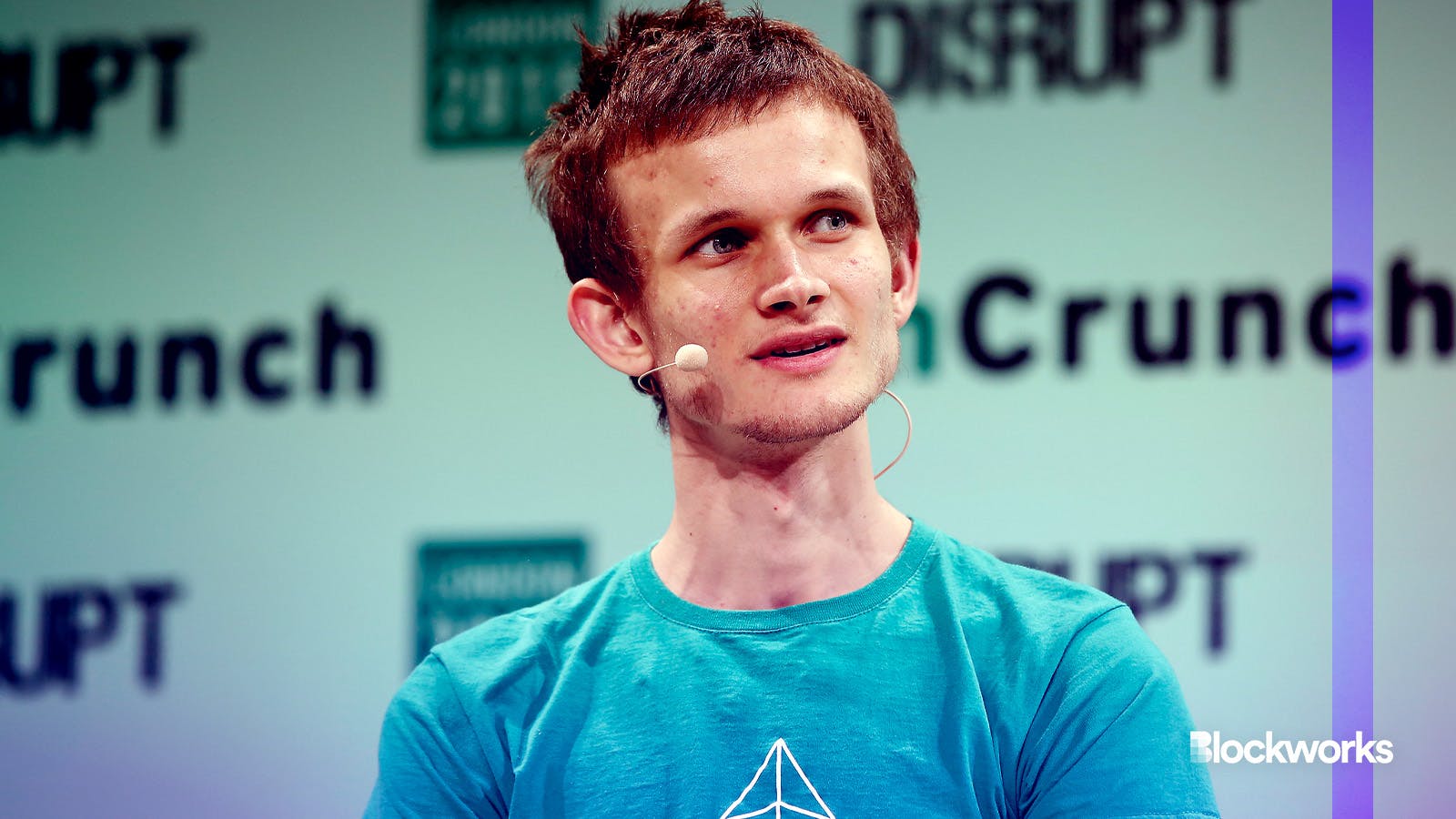Vitalik Buterin discusses what is next for Ethereum, following Dencun hard fork
A greater focus on data availability sampling is top of mind, including additional work that layer-2s must do to become faster and more secure

Ethereum co-founder Vitalik Buterin | John Phillips/Getty Images for TechCrunch/"775105076EC00077_TechCrunch" (CC license)
Ethereum co-founder Vitalik Buterin believes that following the Dencun hard fork, scaling on Ethereum is no longer a “zero-to-one” problem but rather a “one-to-N” problem.
Initially, Ethereum’s development was centered around building its foundational infrastructure, effectively going from non-existence (zero) to establishing the baseline of a functional ecosystem (one). This phase was marked by significant challenges, like limited scalability and high transaction fees. These issues constrained Ethereum’s ability to support widespread adoption of dapps and maintain operational efficiency.
Following the Dencun update, Ethereum has pivoted to a more scalable infrastructure, highlighted by innovations such as proto-danksharding and, importantly, “blobs” for more efficient data handling and notably lower transaction costs. These advancements mark a transition from laying down the network’s foundational framework to enhancing and broadening its capabilities. Developers will now work to scale from a solid baseline (one) to new, undefined heights (represented as N; an indefinite, but foreseeably large number).
Read more: What does EIP 4844 mean for Ethereum rollups?
The Dencun upgrade went live on Ethereum on March 13. It featured EIP-4844, or proto-danksharding, which introduced “blob” transactions or sharded data. These transactions are designed to place data into “blobs” and guarantee data availability, subsequently reducing transaction costs on rollups.
Following the upgrade, Buterin notes that important scaling work still needs to be done, like improving rollups’ ability to optimize each blob, though the fundamental problems around scaling have already been addressed.
Additionally, Ethereum has been slowly shifting from becoming a layer-1 ecosystem to a layer-2-centric ecosystem, with many applications moving towards building on layer-2s.
With this in mind, Buterin remarks that the next stage of Ethereum development will likely focus on bringing data availability sampling (DAS) to life, specifically PeerDAS.
PeerDAS is designed to reuse battle-tested peer-to-peer components to enhance Ethereum data availability scaling beyond EIP-4844 while minimizing the amount of work that honest nodes need to do.
Read more: Parallelized EVMs are gaining popularity, but they won’t scale blockchains alone
“In PeerDAS, each node stores a significant fraction (e.g. 1/8) of all blob data, and nodes maintain connections to many peers in the p2p network. When a node needs to sample for a particular piece of data, it asks one of the peers that it knows is responsible for storing that piece,” Buterin wrote.
Using PeerDAS, more solo stakers can also participate in securing the network. They can download 1/8th of the data instead of a full blob, which helps decentralize the network.
Besides DAS, Buterin also highlights four key areas of improvement for layer-2s. First, he notes that layer-2s can explore data compression techniques to decrease byte size for transactions. Secondly, it is worthwhile exploring Plasma as a technique, which will mean that data is only posted on layer-1s in exceptional circumstances.
Read more: What is Plasma and why is Vitalik Buterin into it all over again?
Additionally, he remarks that layer-2s should investigate improving execution-related constraints and security as well as code reliability, noting that existing ecosystem standards are too lenient.
“Ethereum is no longer just a financial ecosystem. It’s a full-stack replacement for large parts of ‘centralized tech,’ and even provides some things that centralized tech does not. And we need to build with this broader ecosystem in mind,” Buterin wrote.
Get the news in your inbox. Explore Blockworks newsletters:
- The Breakdown: Decoding crypto and the markets. Daily.
- 0xResearch: Alpha in your inbox. Think like an analyst.






